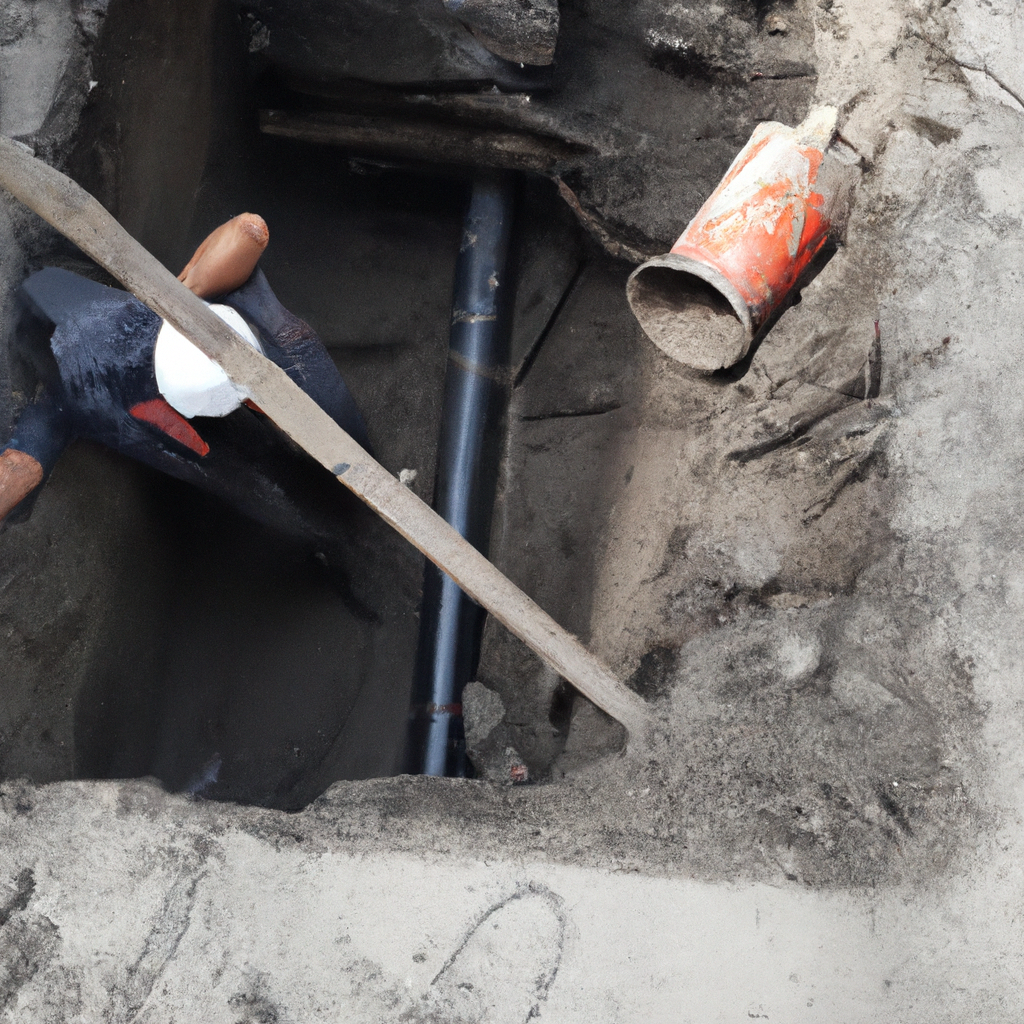
18 Oct Underground Utility Locating: The Key to Safe and Efficient Excavation
Underground utility locating is an indispensable process that ensures the safety of excavation projects while optimizing efficiency. Excavating without knowledge of the underground utilities can lead to costly accidents, damages, and disruptions. In this article, we will explore the technology, benefits, process, challenges, regulations, and the crucial role of professionals in underground utility locating.
Introduction
Definition of Underground Utility Locating: Underground utility locating is the practice of identifying and mapping the underground utilities such as gas pipelines, water mains, electrical cables, and telecommunication lines before excavation or construction begins.
Importance of Safe and Efficient Excavation: Excavation is a fundamental step in many construction and infrastructure projects. However, it can be fraught with risks if not carried out with precision. Underground utility locating is the key to safe excavation, as it helps avoid accidents and prevent damage to vital infrastructure.
The Technology Behind Underground Utility Locating
Several advanced technologies are used in underground utility locating:
Ground Penetrating Radar (GPR)
Ground Penetrating Radar is a non-invasive technique that uses radar pulses to create images of the subsurface. It can detect variations in material composition, making it suitable for locating buried utilities.
Electromagnetic Induction
Electromagnetic induction relies on the principle that electric currents induce a magnetic field. By transmitting electromagnetic signals into the ground and measuring their responses, it is possible to identify underground utilities.
Radio Detection
Radio detection involves the use of radio frequencies to locate utilities. Transmitters are attached to exposed utility lines, and receivers are used to trace the signals, providing information about the depth and location of utilities.
Benefits of Underground Utility Locating
Avoiding Accidents and Damages
The primary benefit of underground utility locating is accident prevention. Accidental damage to utilities can result in hazardous situations, environmental contamination, and costly repairs. Locating utilities in advance mitigates these risks.
Cost Savings
By avoiding damage to existing utilities, construction and excavation projects save significant costs that would otherwise be spent on repairs and legal liabilities.
Environmental Preservation
Preserving the environment is a crucial aspect of underground utility locating. Preventing spills, leaks, or contamination of soil and water resources contributes to a greener and more sustainable construction industry.
The Process of Underground Utility Locating
Pre-survey Planning
Before starting the utility locating process, a thorough pre-survey planning phase is essential. This includes gathering historical data, blueprints, and utility records.
Equipment Setup and Calibration
Professional locators use specialized equipment, ensuring that it is set up correctly and calibrated to deliver accurate results.
Data Interpretation
The data collected from the survey is carefully interpreted to create maps and reports detailing the location and depth of utilities.
Challenges and Limitations
Inaccuracies in Locating
Utility locating is not always 100% accurate, and there can be variations in the depth and location of utilities, especially in older infrastructure.
Complex Utility Networks
In urban areas, underground utility networks can be extremely complex, with multiple lines crossing each other. This complexity poses challenges for accurate locating.
Weather and Soil Conditions
Adverse weather conditions and certain soil types can affect the accuracy of underground utility locating equipment.
Regulations and Compliance
Legal Requirements
Many regions have legal requirements that mandate underground utility locating before excavation, ensuring the safety of workers and the public.
Industry Standards
Professional organizations and industry standards outline best practices for underground utility locating, providing guidelines for accurate and safe procedures.
The Role of Professionals
Certified locators play a crucial role in ensuring the success of underground utility locating. They are trained to operate equipment, interpret data, and make informed decisions to protect both workers and infrastructure.
In conclusion, underground utility locating is the linchpin of safe and efficient excavation. It utilizes advanced technology, offers numerous benefits, and addresses various challenges while adhering to regulations. With the expertise of certified professionals, it ensures that construction and excavation projects proceed without incident, preserving safety, resources, and the environment.

Sorry, the comment form is closed at this time.